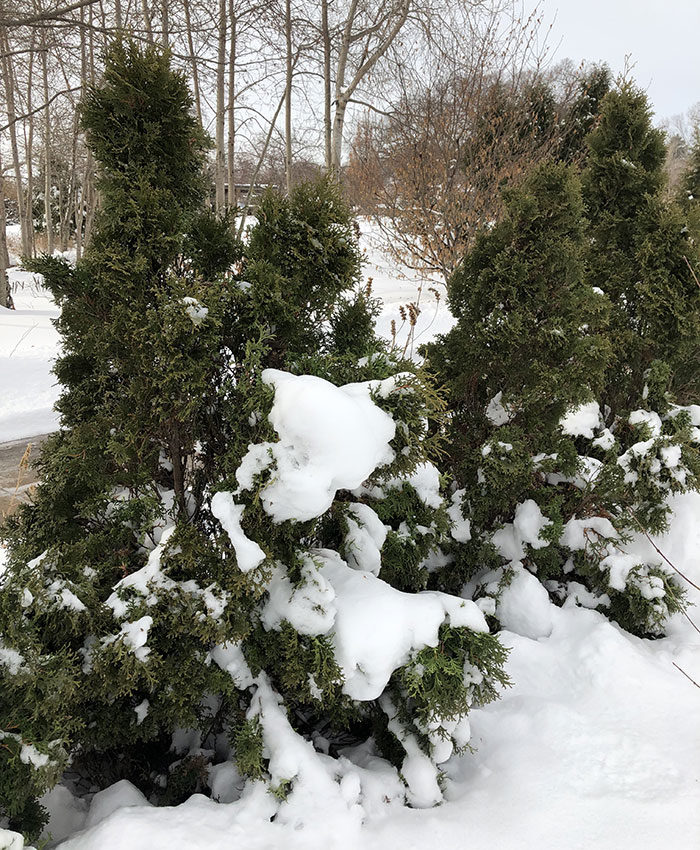
Here in the Midwest, we all remember the winter of 2018 as being a pretty tough one, with lots of snow and ice and polar vortex conditions that sent temperatures plummeting in late January. As we finish the last details of our fall cleanup jobs, we can also take a few extra steps to protect and prepare our landscapes for the winter ahead, whatever it may bring. Consider these extra precautions to help your landscape sail through winter’s challenges and emerge unscathed when the snow melts.
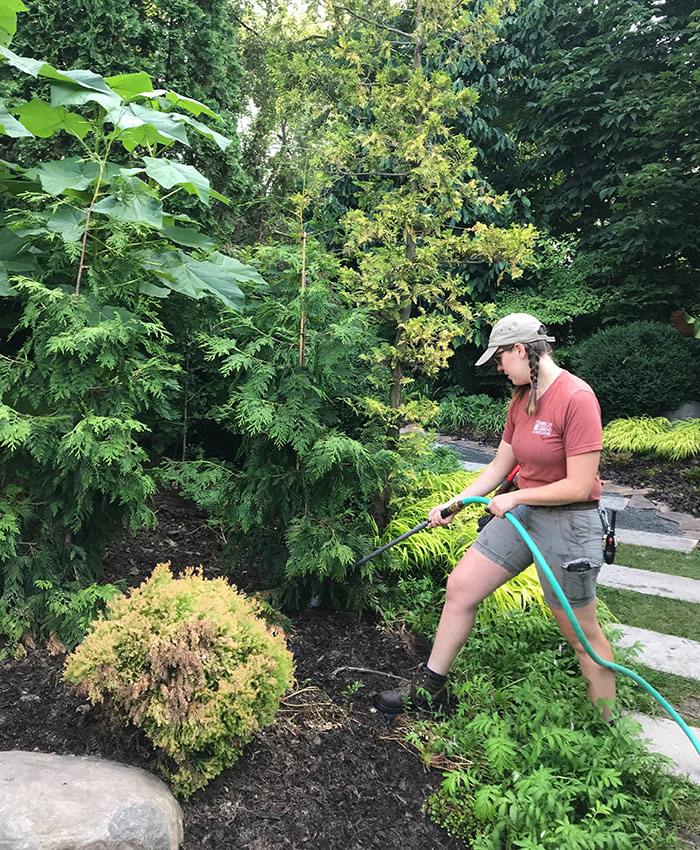
Protect evergreens
With their foliage exposed to the elements, evergreens are especially sensitive to winter extremes. They lose moisture over winter, which contributes to winterburn, so keep them well-watered until the ground freezes. Yews (Taxus spp. and cvs., Zones 5–8) and arborvitae (Thuja spp. and cvs., Zones 2–8) are susceptible to flopping and broken branches after heavy snow, so be ready with a soft broom to brush off thick accumulations after snowstorms. A soft sports ball taped to the end of a handle works well too.
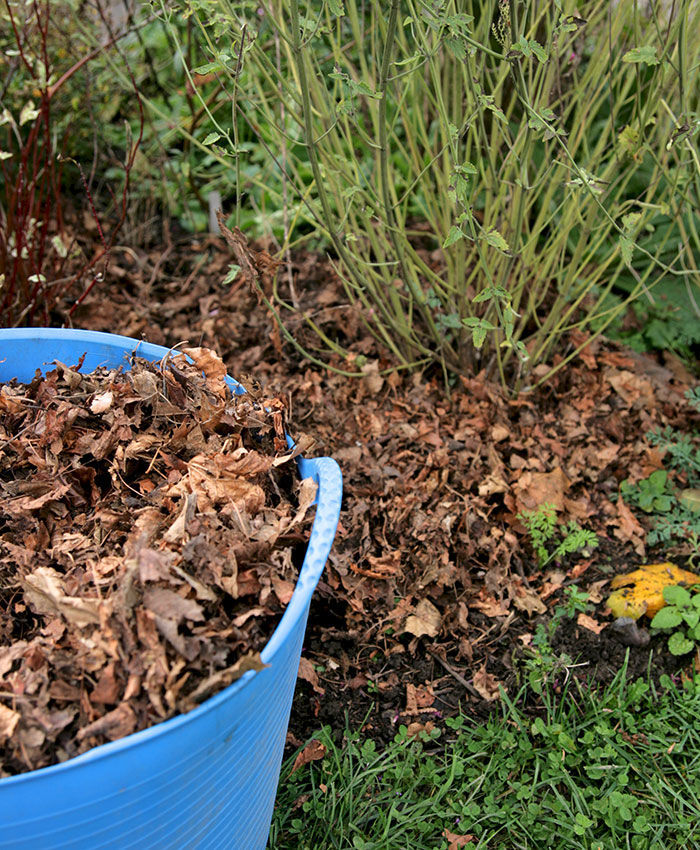
Insulate perennials
Perennials benefit from consistent snow cover during the winter to limit freeze/thaw cycles in the soil, which can damage roots. If you haven’t already cut back perennials, allowing plant matter to stand intact during winter provides additional insulation and protection for plant crowns. Newly planted and marginally hardy plants can be protected with evergreen boughs or a blanket of lightweight mulch.
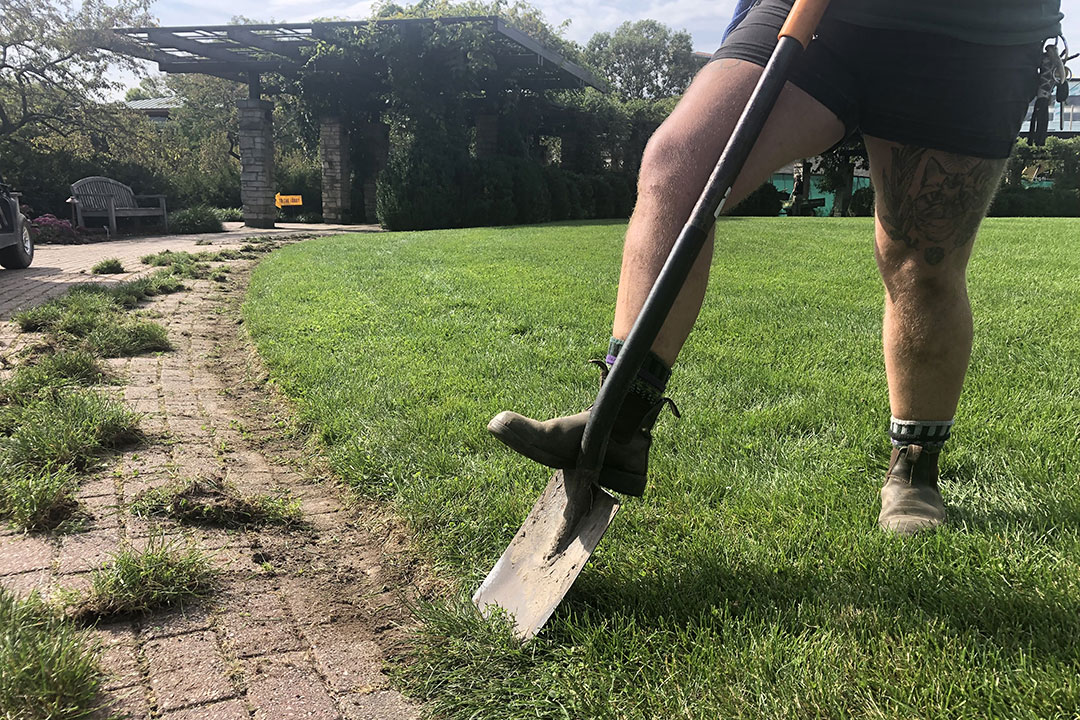
Promote drainage in your landscape, and prepare for snow removal
Edging walks and paths allows water to drain off them more easily when we experience winter ice and freeze/thaw cycles. Excessive winter wetness kills perennials more frequently than just cold temperatures. Walks that are edged also make clearing snow and ice easier, whether with a shovel or a snowblower. Cut back perennials and grasses that overhang walks to prevent tangles with your snowblower.

Discourage critters
In late winter, rabbits, deer, and voles are increasingly likely to feed on garden plants. Cage the trunks of tender barked and newly planted trees with hardware cloth to prevent vole damage. You can also prevent rabbits from enjoying delicacies like chokeberry (Aronia spp. and cvs., Zones 3–9), viburnums (Viburnum spp. and cvs., Zones 3–9), and oakleaf hydrangea (Hydrangea quercifolia and cvs., Zones 5–9) by caging the plants with chicken wire that’s at least 2 feet tall. Deer are harder to hinder, but you can prevent them from demolishing an arborvitae by wrapping it in bird netting, which is lightweight and nearly invisible.
Winter is rough for all of us—gardens and gardeners alike—but taking advantage of the last comfortable early winter days to take a few extra precautionary steps helps us all relax a bit more when the snow does fly.
—Erin Presley is a horticulturist at Olbrich Botanical Gardens in Madison, Wisconsin.


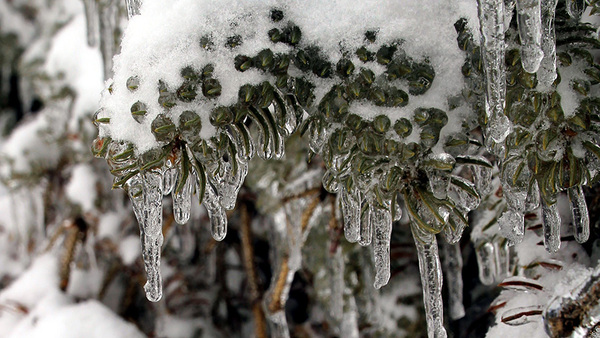
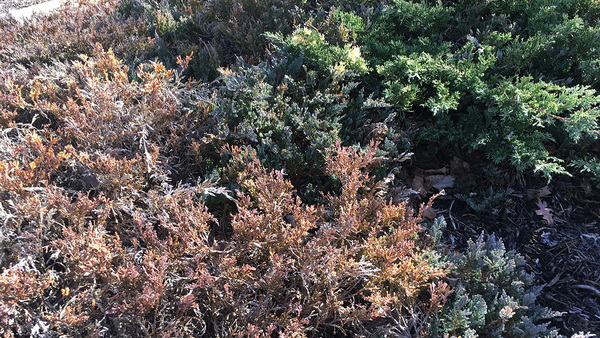
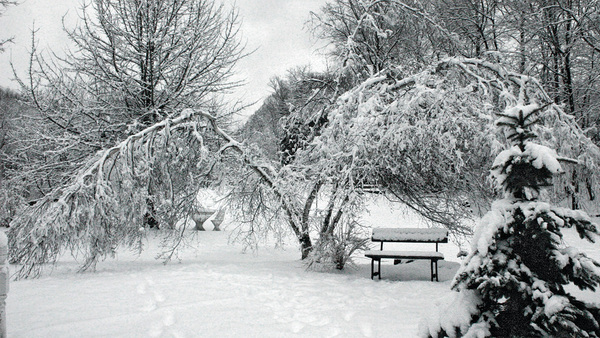













Comments
Log in or create an account to post a comment.
Sign up Log in